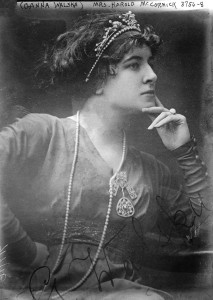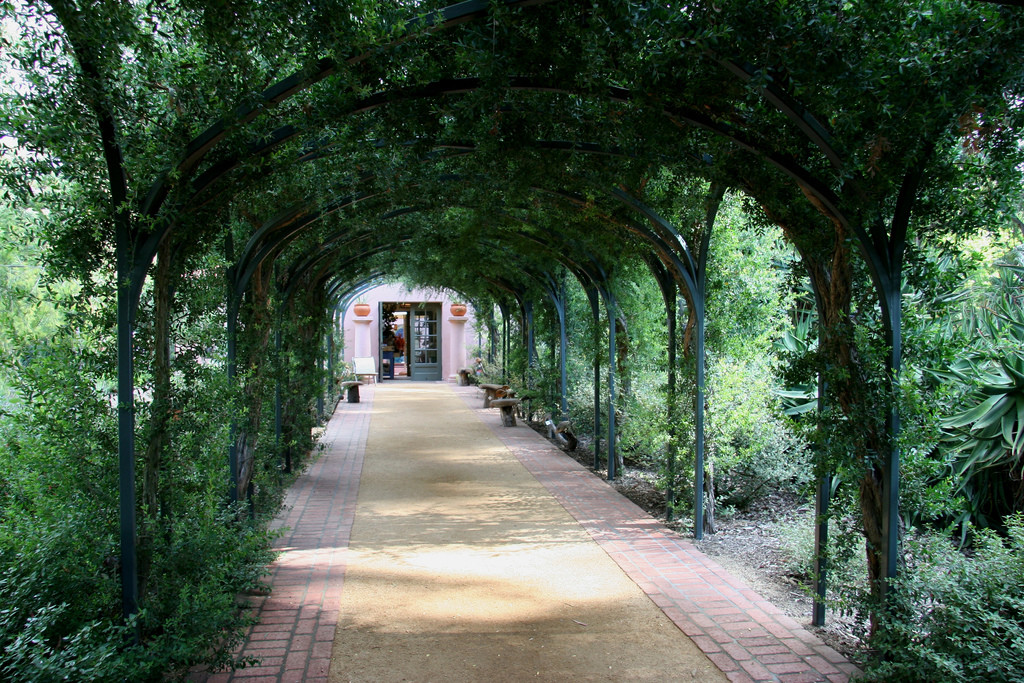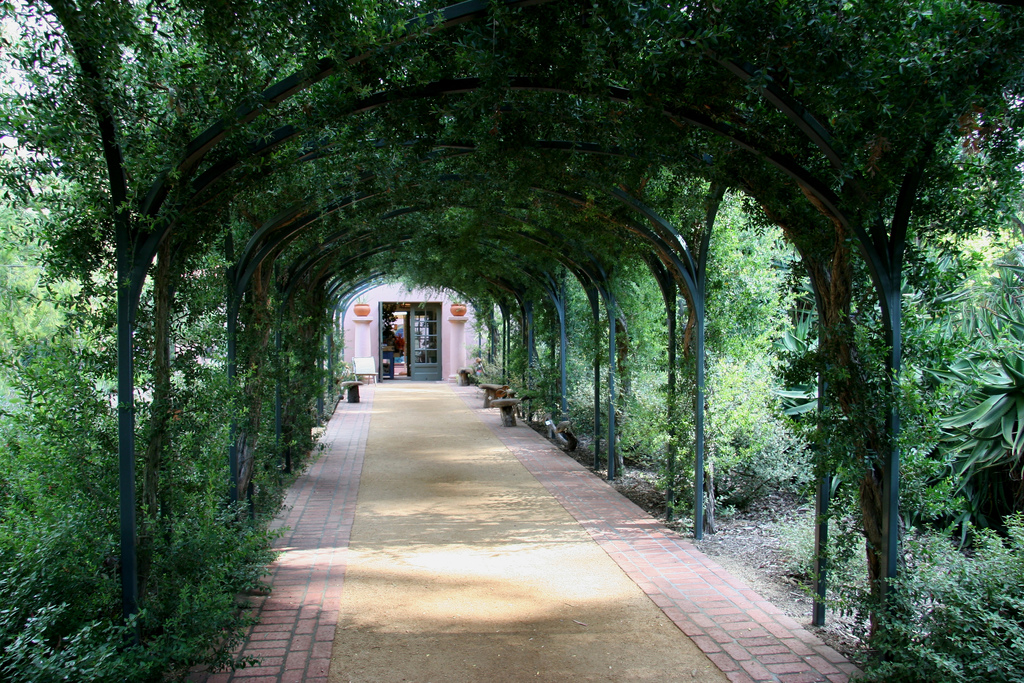A major attraction in Santa Barbara, Ganna Walska’s Lotusland contains more than a dozen meticulously designed gardens that serve as a living museum with more than 3,000 species of plants from countries around the world. The organization hosts a number of events throughout the year, including the popular LotusFest. It also organizes several opportunities for learning about horticulture, especially sustainable gardening practices, as it continues to expand the impressive gardens of the Ganna Walska estate.
Madame Ganna Walska dedicated four decades to the creation and expansion of the gardens throughout her estate. Consequently, the unique details of her life story are reflected in the property.
A Look at the Life of Madame Ganna Walska

Ganna Walska was born as Hanna Puacz in Poland in 1887. A musician and entertainer, she adopted the name Ganna Walska in honor of her favorite type of music, the waltz. She enjoyed great success in her career and traveled around to many major cities, winning over audiences wherever she went. Over the course of her life, she was married six times. Her last husband, Theos Bernard, encouraged her to purchase the Cuesta Linda estate in Santa Barbara, California. She signed the deal in 1941.
Interested in spiritual studies alongside her pursuit of music, she initially named the property Tibetland and intended to use it as a retreat for Tibetan Buddhist monks. However, the plan fell through when she and Bernard divorced.
She renamed the property Lotusland to recognize the Indian lotus, a sacred flower that she grew in the ponds on the property. Over the next few years, she gradually transformed from socialite to elite garden designer, concentrating most of her energy on creating and expanding the property’s gardens through the acquisition of rare and exquisite plants.
To bring her ideas to life, she collaborated with many of the world’s leading landscape architects, including Lockwood de Forest Jr., William Paylen, Charles Glass, Ralph T. Stevens, and Oswald Da Ros. She would pay virtually any price to get her hands on the best or rarest specimens, eventually exhausting her funds. In the 1970s, she sold some of her best jewelry to pay for what would be her final addition to the property: the cycad garden. When she passed away in 1984, she left the property and her entire estate to the Ganna Walska Lotusland Foundation to continue her legacy.
The Evolution of Lotusland
The property now known as Lotusland was first purchased and developed by Ralph Kinton Stevens, who called it Tanglewood. The property housed his home and commercial plant nurseries. Following Stevens’ death, his widow operated it as a guest ranch before selling it to George Owen Knapp, who soon thereafter sold it to E. Palmer and Marie Gavit, who named it Cuesta Linda. They put their mark on the property by hiring George Washington Smith to design a perimeter wall, swimming pool, stable, and pavilion. In the late 1930s, British diplomat Humphrey Clarke acquired Cuesta Linda after the death of the Gavits. Ganna Walska purchased the property only two years later.

Walska hired Ralph Stevens, the Santa Barbara Superintendent of Parks and son of the original estate owner, to begin working on garden projects. His early efforts included the iron gate on Sycamore Canyon Road, a new swimming pool with a manmade beach, a rooster grotto, the theatre, and the blue gardens. He also designed the horticultural clock, but it took nearly a decade to finish.
Walska instigated other improvements, including adding topiary animals from the Osaki Plant Zoo in Los Angeles to the clock and converting the pool into a water garden. The next additions were the bromeliads and the Japanese Garden. The fern garden was completed in the early 1970s after four years of work. Ganna Walska’s final projects were renovations to the cactus and succulent gardens, the aloe garden, and the cycad garden.
Before opening the property to the public, the Lotusland Foundation completed repairs to paths around the property and facilitated handicap access. It added the docent program in 1992 and opened the Visitor Center in 1993. That same year, designer Sydney Baumgartner added an Australian garden. Since then, the foundation has restored the topiary garden and added Merritt S. Dunlap’s large cactus collection to the property. The foundation has also undertaken projects to maintain the property, including renovations of the main house foyer, the Cypress Allee, and the Water Stairs, all of which date back to the Gavits.
